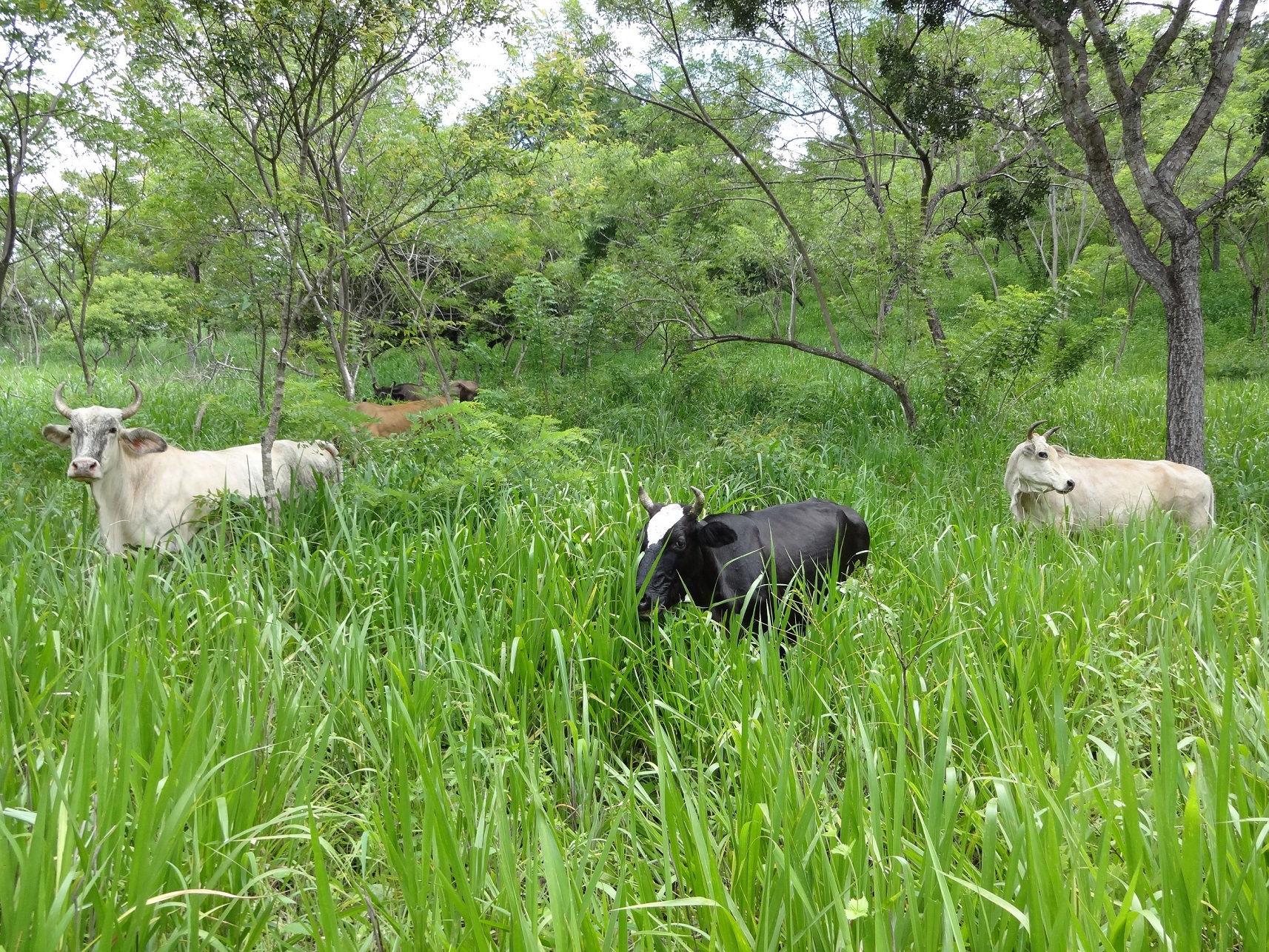This planting started in 2017 March for:
i) reducing runoff and erosion in the steep orange fields,
ii) keeping moisture content high for orange trees,
iii) protecting the top soil layer,
iv) increasing soil fertility, and
v) minimizing grass cover that competes with orange trees.
Thus, this mixed planting can provide a number of services to growers, such as fruits from orange trees and pineapples for income, fodder for animals and materials from pinto peanut for compost and improvement of soils.
12 households participated in this planting. They were selected from community meetings based on criteria (committment, site characteristics, labor force). Two members each household were invited for the in-class technical training on doing this planting. Trainers provided planting techniques in localized discussions and lessons learnt. Farmers were also offered on-hand practical part in their own orange fields for the detailed and real application.
Pineapples were planted as contours between orange rows, by serrated planting to ensure erosion control function. Pinto peanut - a nitrogen fixing plant - was planted between trees. The survival rate is almost 100%, pineapples already offered the first fruits. This activity is continuously taken care of and checked by farmers.
